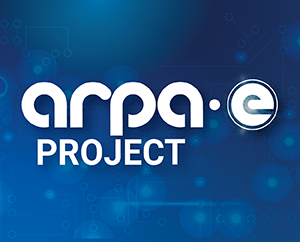Using Synthetic Enzymes for Carbon Capture

Technology Description:
United Technologies Research Center (UTRC) is developing a process for capturing the CO2 emitted by coal-fired power plants. Conventional carbon capture methods use high temperatures or chemical solvents to separate CO2 from the exhaust gas, which are energy intensive and expensive processes. UTRC is developing membranes that separate the CO2 out of the exhaust gas using a synthetic version of a naturally occurring enzyme used to manage CO2. This enzyme is used by all air-breathing organisms on Earth to regulate CO2 levels. The enzyme would not survive within the gas exhaust of coal-fired power plants in its natural form, so UTRC is developing a synthetic version designed to withstand these harsh conditions. UTRC’s technology does not require heat during processing, which could allow up to a 30% reduction in the cost of carbon capture.
Potential Impact:
If successful, the proposed technology would allow coal-fired power plants to capture up to 90% of CO2 at a significantly lower incremental cost.
Security:
Enabling continued use of domestic coal for electricity generation will preserve the stability of the electric grid.
Environment:
Carbon capture technology could prevent more than 800 million tons of CO2 from being emitted into the atmosphere each year.
Economy:
Improving the cost-effectiveness of carbon capture methods will minimize added costs to homeowners and businesses using electricity generated by coal-fired power plants for the foreseeable future.
Contact
ARPA-E Program Director:
Dr. Mark Johnson
Project Contact:
John Misselwitz
Press and General Inquiries Email:
ARPA-E-Comms@hq.doe.gov
Project Contact Email:
misseljm@utrc.utc.com
Partners
Worley-Parsons
Hamilton Sundstrand
CM-Tech, Inc.
Columbia University
Related Projects
Release Date:
10/26/2009
